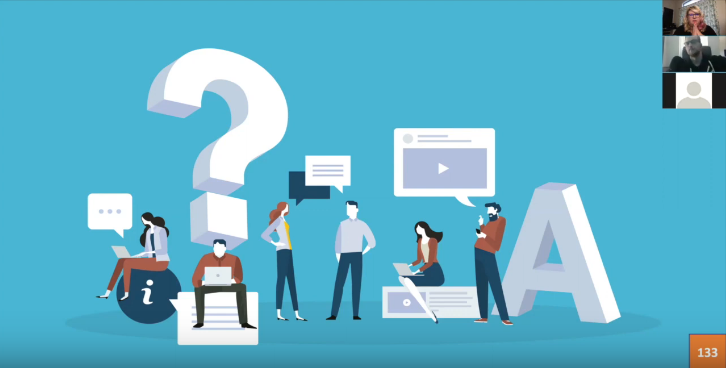Student Organizations Maintain Community Connections: Checking Back in with Christina

Read more Remote Resilience stories.
As ASU continues to monitor COVID-19, the university has transitioned from in-person teaching and learning to remote options. In this challenging time, however, the collective innovation of ASU faculty and staff has demonstrated remarkable adaptability. As a method of celebrating the good during uncertain developments, the University Technology Office is gathering success stories of “remote resilience” from the ASU community. The situation globally and across the country is changing daily, but we also plan to share these stories to keep pace.
While remote teaching and learning have found mechanisms to continue effectively, one element of on-campus immersion could have been left out. But some student organizations are still receiving support from faculty advisors, as is the case with Christina Carrasquilla, Senior Lecturer at Fulton Schools of Engineering, and the American Institute of Graphic Arts (AIGA) Polytechnic campus chapter.
You may recognize Carrasquilla from the first installment of Remote Resilience. She has found success using Zoom and Slack to maintain the courses she teaches, and as advisor for AIGA Poly, she found the technology able to support the needs of her student organization. One of those needs is the continuation of a “Lunch & Learn” series that “brings in design industry professionals to speak to a variety of topics for students in the Fulton Graphic Information Technology (GIT) program.”
While these in-person meetings provide valuable connections, Carrasquilla found a significant difference in the online experience, and for the better. “Typically, the students are a little shy during these in person workshops,” she said. “However, the online format produced spectacular engagement, [with students] asking questions via Zoom chat and through video and using Zoom reactions, which resulted in great conversation. It had great attendance, excellent engagement and amazing questions!”
Maintaining course structure and essential learning is paramount, but the enriching experiences of extracurricular activities and student organizations don’t have to be forgotten in this remote modality.